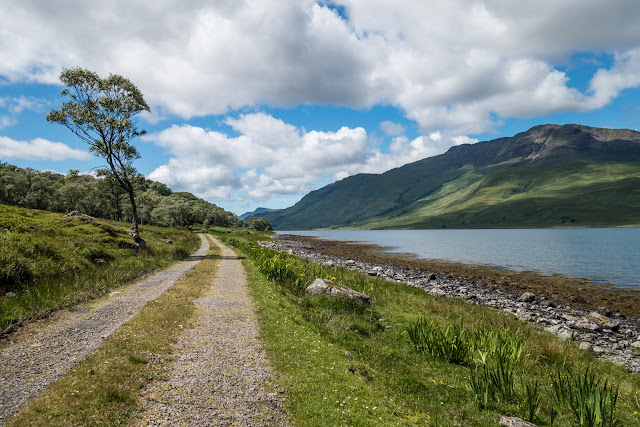Ribblehead Viaduct - a magnificent Victorian achievement
The Ribblehead Viaduct, an iconic symbol of Victorian engineering and perseverance, is the largest and most impressive of the viaducts on the Settle to Carlisle railway line. Its majestic arches stretch across the rugged landscape of Batty Moss in Ribblehead, North Yorkshire, and serve as a testament to the ambitious vision and skill of the engineers and labourers who brought the railway line to life. - so the blurb goes! And yes, it is magnificent.
Although the day was rather dull, I managed some images to record my visit.
The viaduct was designed by John Sydney Crossley, chief engineer of the Midland Railway, who was responsible for the design and construction of all major structures along the line. The viaduct was necessitated by the challenging terrain of the route. Construction began in late 1869. It necessitated a large workforce, up to 2,300 men, most of whom lived in shanty towns set up near its base. Over 100 men lost their lives during its construction. The Settle to Carlisle line was the last main railway in Britain to be constructed primarily with manual labour.
By the end of 1874, the last stone of the structure had been laid; on 1 May 1876, the Settle–Carlisle line was opened for passenger services. During the 1980s, British Rail proposed closing the line. In 1989, after lobbying by the public against closure, it was announced that the line would be retained. Since the 1980s, the viaduct has had multiple repairs and restorations and the lines relaid as a single track. The land underneath and around the viaduct is a scheduled ancient monument; the remains of the construction camp and navvy settlements (Batty Wife Hole, Sebastopol, and Belgravia) are located there.
Large Thyme on the path near the viaduct
Having taken some images and stared in wonder at this Grade2 listed building, we continued on our way to Wensleydale Creamery which is situated in Hawes. We had been here before but it was really interesting to see how this famouse cheese evolved and is made. We followed this with lunch and a walk to the town of Haws before heading back to base in Ingleton.
View from the car park at the creamery.









Comments